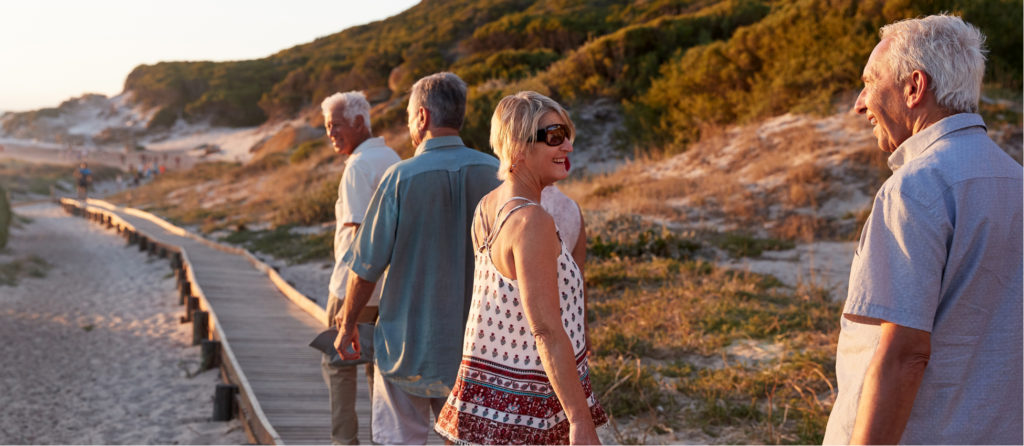Before the arrival of the railways, all transport was by canal. There was a dense network of canals belonging to the Birmingham Canal Navigations. The canals continued to be used for short distance traffic until the mid C20th when increasing road transport made them unviable. Part of the system has been restored at the Black Country Living Museum.
The LIMEKILNS are one of the few original buildings on the site. They form a bank of four massive continuous draw kilns which provided lime for the local blast furnaces. This acted as a flux which removed impurities from the iron, forming slag.
Limestone and coal were packed in alternate layers inside the kiln and a fire lit at the base. More limestone and coal could be added at the top. The quicklime was extracted through arched openings at the bottom of the kiln and mixed with water to form slaked lime. The kilns originally had tall brick chimneys which were taken down when production ceased.
In front of the kilns is the remains of a timber wharf boat which would have been used to carry limestone and coal to the kilns. These were horse drawn and had no shelter for the steerers who returned home after a day’s work.
Other examples of canal boats can be seen in the boat dock in front of the rolling mill.
The boat dock has been carefully recreated using recycled timbers of derelict wooden boats. Factory Junction bridge is an example of a lifting bridge found on canals. Behind it is Brown’s bridge, an example of a metal cross girder bridge.
The boat dock was used to maintain and build new boats. Around the dock are traditional buildings including the blacksmith’s forge which would have made all the metal work needed to construct or repair boats as well as reshoeing the canal horses. There are stores for nails, rivets and paints needed on the boats, as well as stabling for the horses. There is lifting tackle for the boats.
Also on site is the ANCHOR FORGE which preserves equipment from the last working anchor forge in the Black Country. Anchor making was an important industry and made anchors for well known ships like the Great Eastern, Titanic and Royal Yacht Britannia
Next to this is the IRONWORKER’S OFFICE complete with the clocking in machine.
The Museum runs 45 minute canal trips into the DUDLEY CANAL TUNNEL. This was built as a mine tunnel to bring limestone out of underground workings. Like other early tunnels, there was no towpath through the tunnel and boats had to be ‘legged’ by men lying on their backs and pushing with their feet against the walls. The horse walked over the top of the hill.
The are more pictures and information “here.”:http://wasleys.org.uk/eleanor/presocialhistory/socialhistory/social/folkmuseums/blackcountrymuseum/index.html


